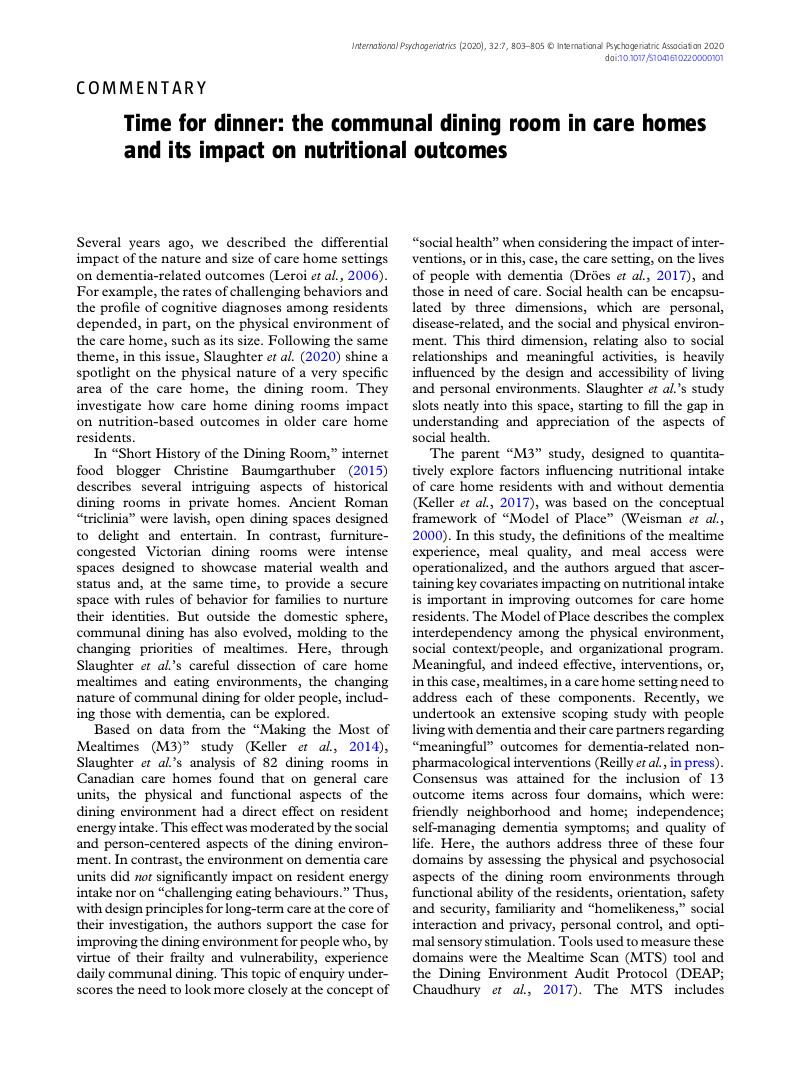Crossref Citations
This article has been cited by the following publications. This list is generated based on data provided by Crossref.
Leroi, Iracema
Chauhan, Nisha
Hann, Mark
Jones, Louise
Prew, Sandra
Russell, Gregor
Sturrock, Roger-Angus
Taylor, Joanne
Worthington, Mark
and
Dawes, Piers
2021.
Sensory Health for Residents with Dementia in Care Homes in England: A Knowledge, Attitudes, and Practice Survey.
Journal of the American Medical Directors Association,
Vol. 22,
Issue. 7,
p.
1518.



